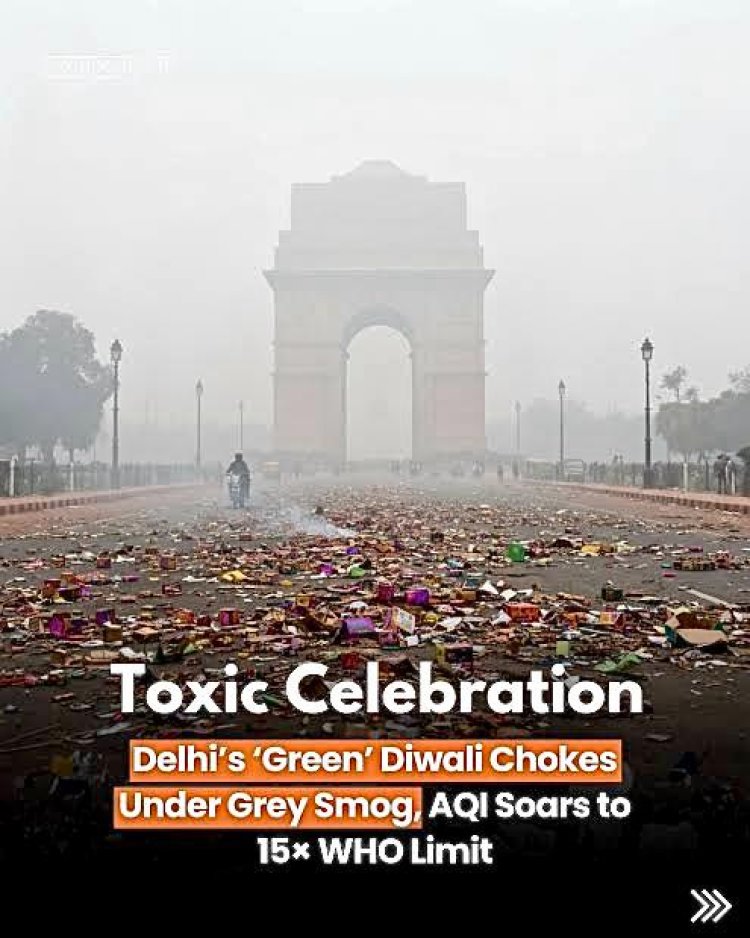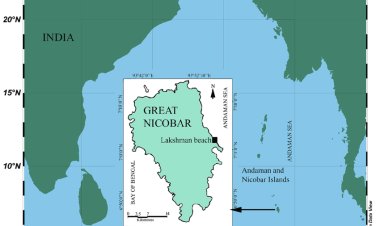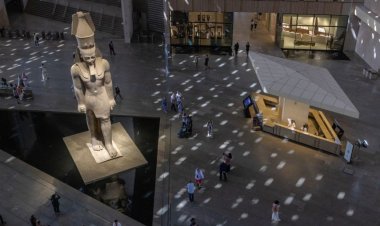Green Crackers, Grey Skies: India’s Winter of Suffocation Returns

New Delhi:
As another winter dawns, north India once again finds itself choking under a thick haze of pollution, a grim annual ritual that leaves citizens gasping for breath. The smog, dense and acrid, transforms the air into a toxic cloud eyes sting, throats burn, and each inhale feels like breathing in smoke from hundreds of cigarettes. Despite repeated warnings, legal interventions, and promises of reform, the situation remains unchanged.
In an unexpected and controversial move, the Supreme Court of India has permitted the use of so-called “green crackers” during Diwali celebrations, from October 18 to 21, between 6 a.m. – 8 a.m. and 8 p.m. – 10 p.m.. The court’s decision comes even as air quality levels across Delhi-NCR and much of northern India are already deteriorating, prompting authorities to invoke the first stage of anti-pollution measures under the Graded Response Action Plan (GRAP).
Critics argue that the decision could worsen the already dire air quality, as particulate matter spikes dramatically during Diwali due to firecracker use. While the court cited concerns about the firecracker industry and smuggling, environmentalists say this rationale undermines the fundamental right to clean air. “Are we supposed to choke for the sake of the firecracker industry?” many activists asked on social media, calling the ruling both “illogical and insensitive” amid an escalating public health crisis.
Every year, a combination of crop residue burning, vehicle emissions, construction dust, and industrial pollutants turns northern India into one of the most polluted regions in the world. Despite government bans and pollution control measures, enforcement remains lax and political will inconsistent. Experts warn that even so-called green crackers release harmful emissions, and without strict regulation, their impact could be nearly as damaging as conventional fireworks.
Public health experts have reiterated that the annual smog season leads to a surge in respiratory illnesses, asthma attacks, and heart-related complications, especially among children and the elderly. According to the Centre for Science and Environment (CSE), prolonged exposure to Delhi’s winter air can reduce life expectancy by several years.
Citizens’ frustration is palpable. Many see the court’s decision as yet another failure of governance a symbolic gesture that prioritizes industry over health. While policymakers debate, millions continue to suffer, forced to live in an environment where breathing itself becomes an act of endurance.
For detailed analysis and related coverage, visit:






















